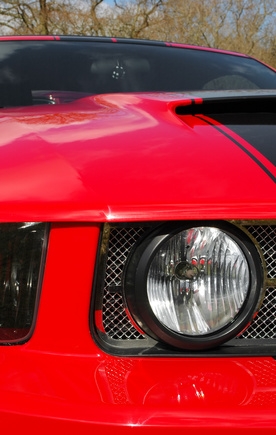
Washing and waxing helps keep a car valuable and looking good. Sometimes, though, wax does get on the black plastic trim, and it can be difficult to take off. Especially if the plastic is porous. Fortunately, there are ways to remove the wax from car trim, usually with items that are already around the house. It is also important to realize that any of these remedies will also remove wax from painted surfaces.
Pink erasers may work to remove the white wax from black trim. For smaller areas, use the eraser on the end of a pencil. Trim down the eraser a bit to fit into very tight places. If the area that needs to be cleaned is a bit larger, go with the hand-held eraser. You can buy these erasers at office supply stores, grocery stores and discount retailers. They are especially easy to find during the back-to-school shopping season.

The oil in the peanut butter is what helps to get rid of the wax stain on plastic trim. Use creamy peanut butter and an old toothbrush or other soft brush to work the peanut butter into the plastic trim. It may take a fair amount of work, depending on how deep the stain is. Be sure to completely wash away all peanut butter and residue when finished. Follow up with a trim protectant, available at auto stores.

WD-40 and alcohol are two solvents that have some success with removing wax from car trim. One of the advantages to using these products is that you can apply them very finely to tight areas. Using a cotton swab can get the solvent into narrow openings and tight angles. This method is preferred when it would be difficult to wash away other remedies. If the cotton swab is still too large to fit into the area that needs to be cleaned, try a thin cloth draped over a small flat-head screwdriver. Be careful not to use too much pressure, as the cloth can rip and the screwdriver could gouge the plastic. A light touch is best.